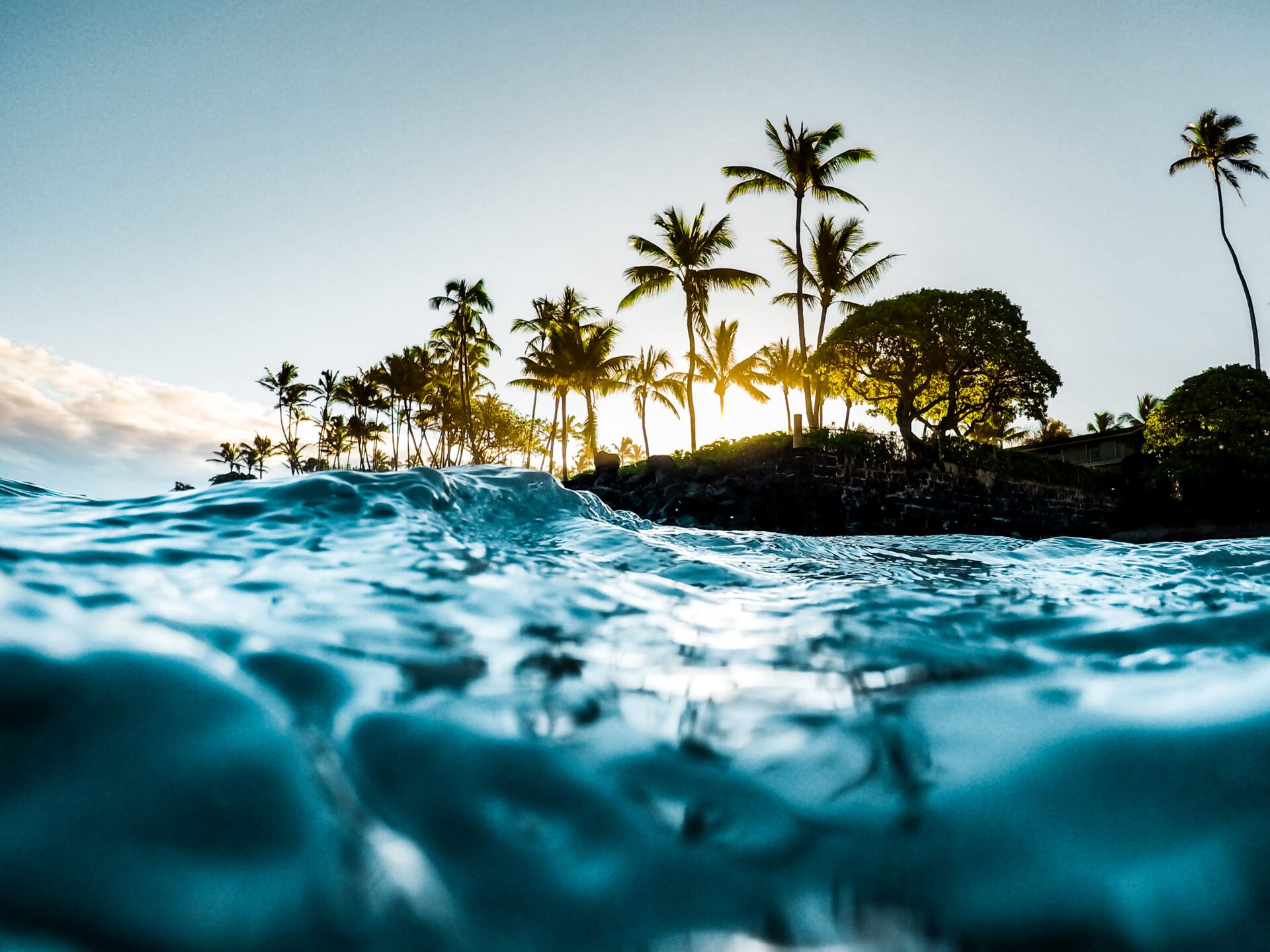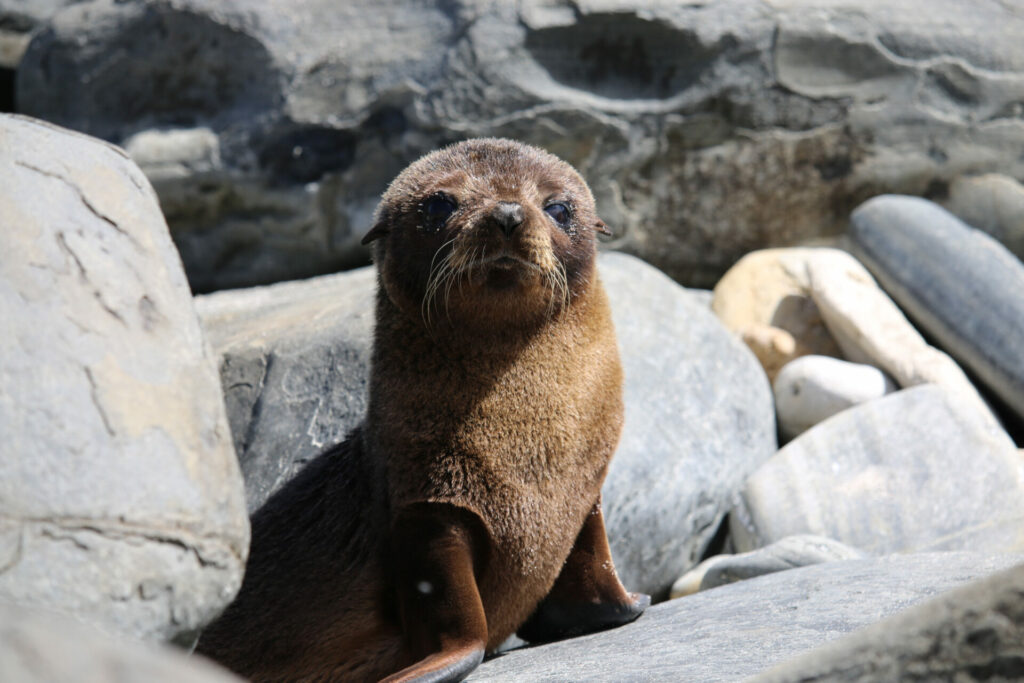In Kiribati, a group of idyllic 33 islands in the central Pacific Ocean between Hawaii and Australia, generational knowledge has been handed down for centuries. A love of water – which is everywhere you look and provides a place for children to play, for adults to fish and to grow crops – is part of the way of life here.
But while the I-Kiribati savour the traditions of the past in their picturesque atoll nation – the only country in the world to be located on all four hemispheres – and continue to live on the land and marawa (the sea), they face an uncertain future. Sea levels are rising and islanders are losing their homes and crops to surging tides and unprecedented storms.
Worst of all, a changing climate is the cause, an unnatural disaster compounded by the actions – and carbon emissions – of bigger and wealthier nations far across the ocean. Responsible for just 0.6 per cent of the world’s greenhouse gas emissions, Kiribati is taking the brunt of what happens when our planet warms and melting ice sheets stream into the ocean causing sea levels to rise. In turn, water expands as it gets warmer, adding to the volume. With around 93 per cent of global warming absorbed by oceans, and global emissions up 1.1 per cent in 2024, there is no respite in sight.
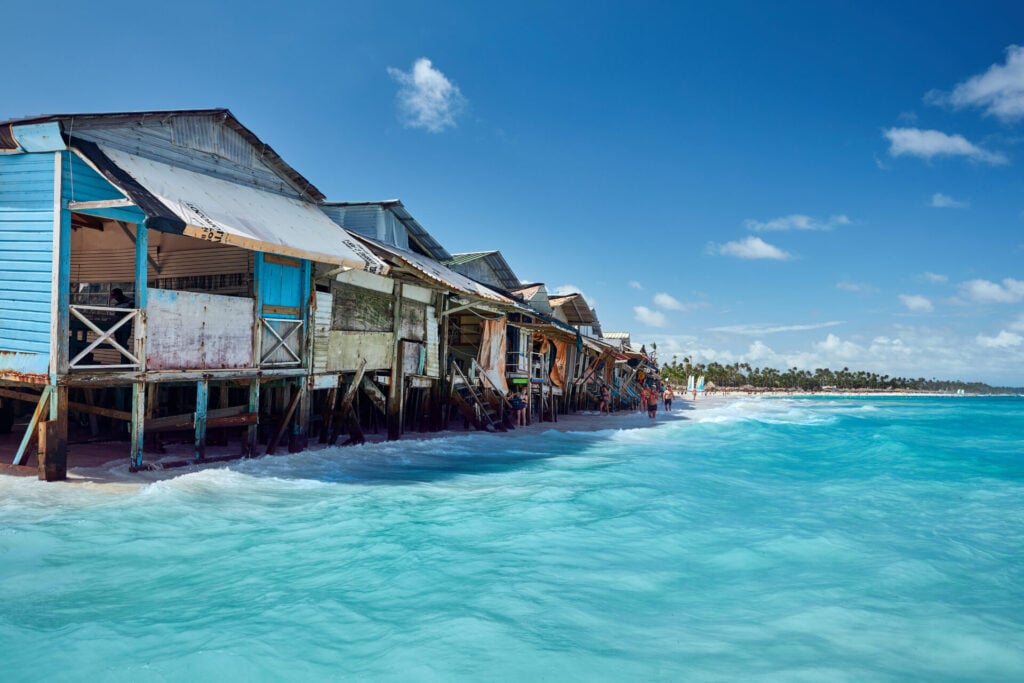
According to the World Meteorological Organisation a ‘triple whammy’ of accelerating sea level rise, ocean warming and acidification – a process that occurs when carbon dioxide (CO2) is absorbed by the ocean, causing the ocean’s pH to decrease, weakening coral reefs and making it harder for shellfish like clams and oysters to build and maintain their shells – is hitting Pacific Islands, threatening their survival. Sea surface temperatures in the region have risen three times faster than the global average since 1980 and marine heat waves happen twice as frequently.
Paradise Lost
Famous previously for being the first place on Earth to welcome each new day, thanks to its unique location, now Kiribati faces a distinctly more tragic destiny: to become the first country to be swallowed up as a result of climate change. Speaking at the Pacific Islands Forum in Tonga recently, United Nations Secretary-General António Guterres warned: ‘Global average sea levels are rising at an unprecedented rate. The ocean is overflowing.’
In Kiribati, the islands are just a few metres above sea level and increasingly under attack from rising water. In a story familiar for many low-lying, low-carbon-emitting islands, Kiribati’s future is teetering at the shore, in danger of being washed away along with the homes, trees and crops that have already succumbed to the ocean.
But the reality is this problem isn’t confined to the Pacific. Kiribati could just be the first of many to vanish beneath the sea.
To put it in perspective, if the ice sheets covering Greenland melted completely, sea levels would rise around seven metres – and cities such as Los Angeles and London would disappear.
As the world now faces an unprecedented challenge due to rising sea levels and the climate crisis, The Ethicalist investigates the islands in danger of disappearing and exactly what they’re doing as they adapt in a bid to survive.
Kiribati
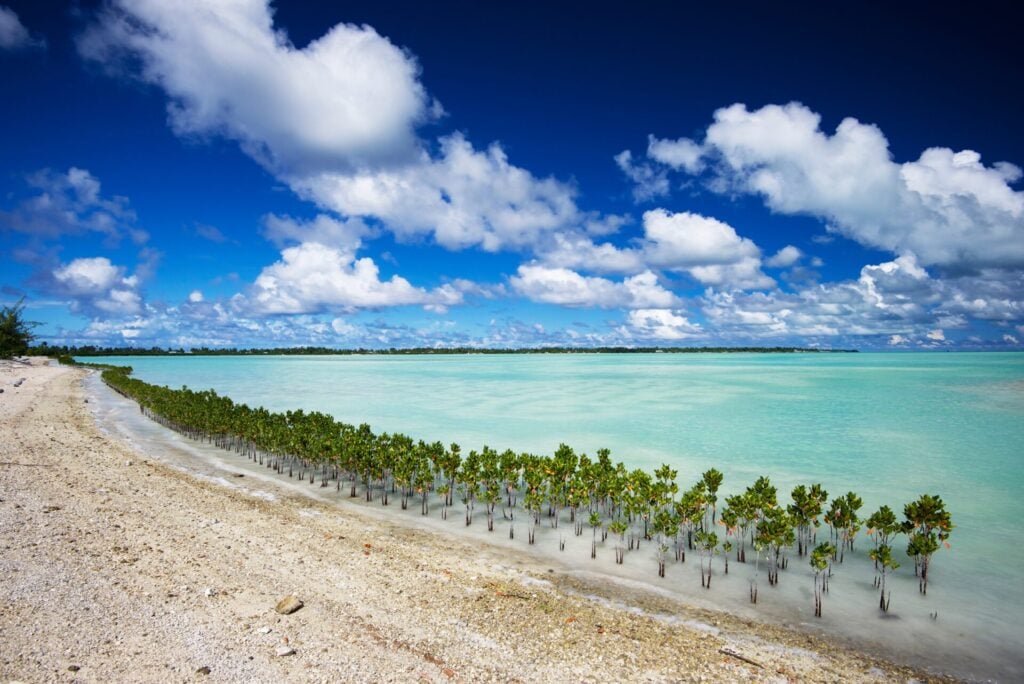
When Lulu DeBoer, a filmmaker of Kiribati descent, arrived on the island of her mother’s birth in 2016, she was soon grappling with a sense of loss for a place where so much of her identity originated. Observing the effects of climate change on Kiribati in her short film Love Note to an Island, Lulu documented the whiplash of storms and droughts all to the backdrop of rising tides.
‘There were sea walls overcome by the water and increasing storms. It is not what it used to be,’ she says.
In recent years, the Kiribati government has outlined plans for immediate and long-term adaptation and resilience. A nation where nothing goes to waste, the islands are now focused on ‘doing more with the same.’ This includes strengthening early warning systems, increasing renewable energy such as solar, protecting fisheries and educating residents about water resiliency.
Islanders are also turning to nature for solutions, planting thousands of mangroves which act as barriers to protect the coast from storm surges and provide habitat and food for wildlife. Mangroves are also powerful carbon sinks sequestering carbon at ten times the rate of mature tropical forests.
While Kiribati has purchased land in Fiji as a potential resettlement area for its population, Lulu says the I-Kiribati express fortitude for the future and cling to their land, hopeful of a solution.
‘The West loves to frame Kiribati as the canary in the coal mine,’ she adds. ‘But the people say, “We are not leaving, we will stay here. We will figure out how to do so”.’
The World Bank has argued that Australia and New Zealand should allow people displaced by climate change to move there. So far only New Zealand has responded, allowing 75 people to migrate there per year.
Maldives
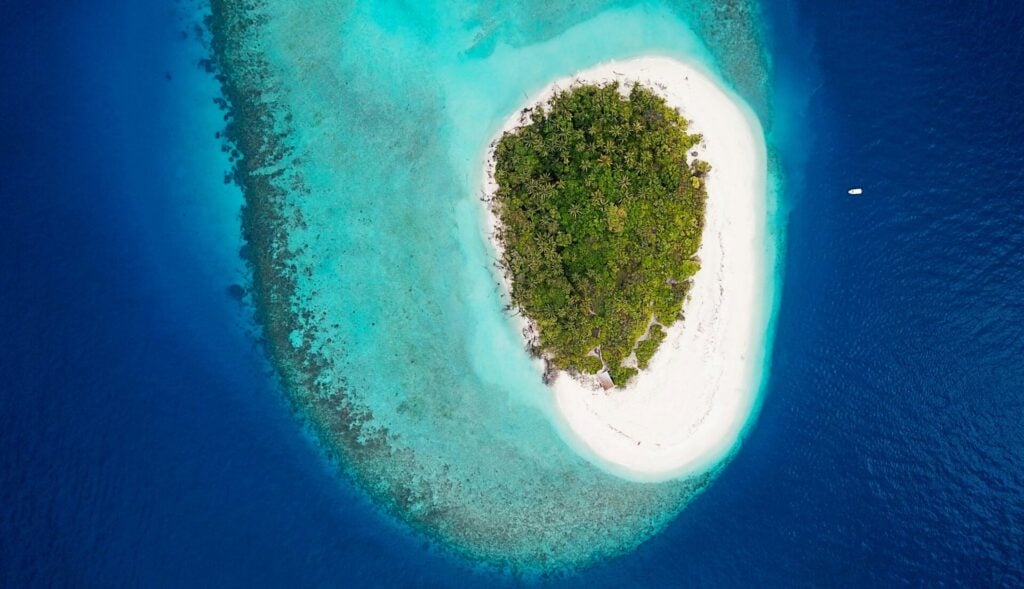
More than 80 per cent of the country’s 1,200 islands are less than one metre above sea level. The world renowned archipelago – islands of unrivaled beauty that attract honeymooners and tourists worldwide – is at real risk of becoming uninhabitable.
‘What will it take for you to listen to us?’ Ibrahim Mohamed Solih, former President of the Maldives, asked world leaders at COP26. ‘Our islands are slowly being inundated by the sea, one by one. If we do not reverse this trend, the Maldives will cease to exist by the end of this century.’
It wasn’t hyperbole. More than 80 per cent of the country’s 1,200 islands are less than one metre above sea level. The world renowned archipelago – islands of unrivaled beauty that attract honeymooners and tourists worldwide – is at real risk of becoming uninhabitable.
In a desperate bid to stave off the encroaching water, the country has been geo-engineering artificial islands elevated above sea level to house residents forced to relocate from the most vulnerable atolls.
Hulhumalé, dubbed the ‘City of Hope’, is a reclaimed island, created with millions of tons of sand, off the coast of Malé, Maldives’ capital city.
Two metres above sea level, the sustainable city utilises solar energy, and cuts back on air conditioning thanks to streets designed to optimise the cooling effect of the wind. An urban farming project generates local fare rather than a reliance on imported food.
The Maldives are cutting emissions in other ways, unveiling a commitment to generate 33 per cent of the islands’ electricity from renewable energy at COP28 held in the UAE.
Adapting to climate change and rising tides does not come cheap and prior to this year’s climate summit, the Maldives and other small island states will push for debt relief and more investment from historic emitters.
‘Development is about climate adaptation,’ Ali Naseer Mohamed, the Maldivian Ambassador to the United Nations, said. ‘We are forced to make a choice between whether to construct hospitals and schools in the islands or make revetments to protect the islands.’
Sundarbans
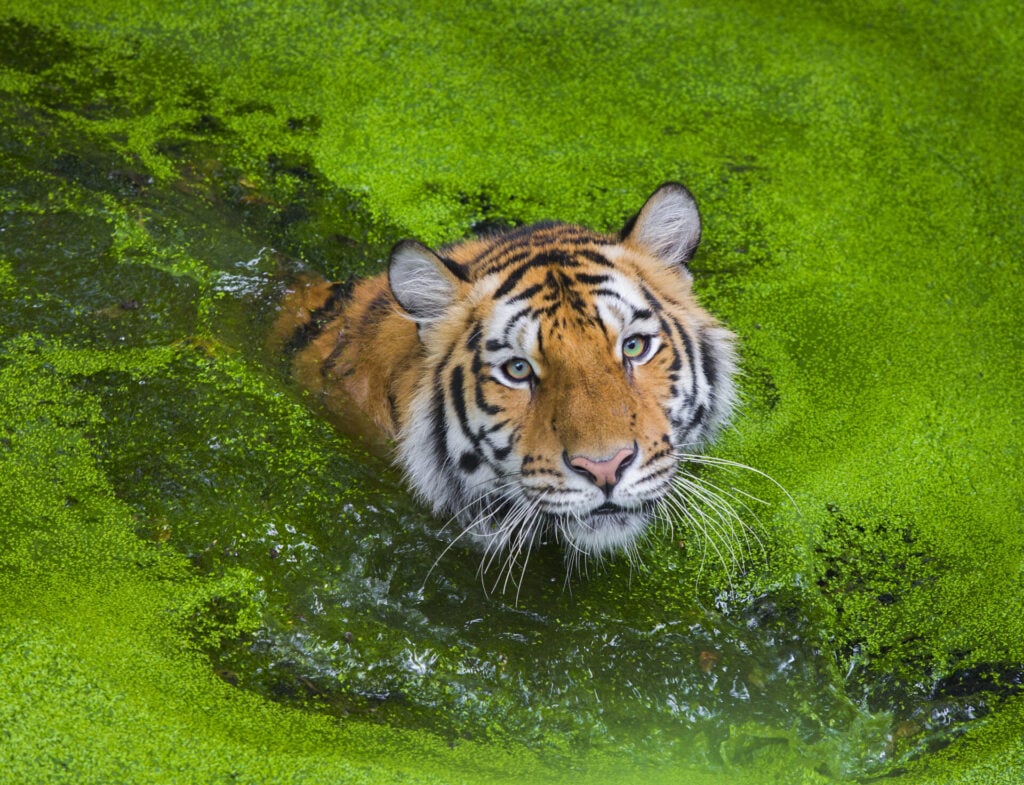
The Sundarbans, a collection of low-lying islands, located at the mouth of the Ganges and Brahmaputra Rivers in eastern India and Bangladesh, form the world’s largest mangrove ecosystem. They are ecologically important, providing habitat for endangered species such as the Bengal tiger. They also create a storm barrier and carbon sinks thanks to the mangroves. But things are changing rapidly and life in the Sundarbans is getting harder.
Some islands have already disappeared, and distress migration is common. Men are forced to take up work elsewhere leaving women to shoulder the burden of dependents, debt and limited work opportunities. Increased salinity in the region is affecting biodiversity and the female workers, who stand for hours in saltwater collecting wild Tiger prawn seedlings are suffering the ill-effects.
Increasing salinity is a leading cause of reproductive health problems among women in the Sundarbans, including pelvic inflammation and urinary tract infections. This increased salinity has also led to a severely degraded mangrove ecosystem, affecting biodiversity and causing a loss of forest reserves that sustain local communities.
Regardless, the women of the region are leading the charge of nature-based solutions, planting vetiver grass to prevent soil erosion along riverbanks. Other adaptation efforts are underway, such as the cultivation of salinity-resistant paddy. There’s also a focus on disaster preparedness as the region steels itself for whatever lies ahead.
French Polynesia
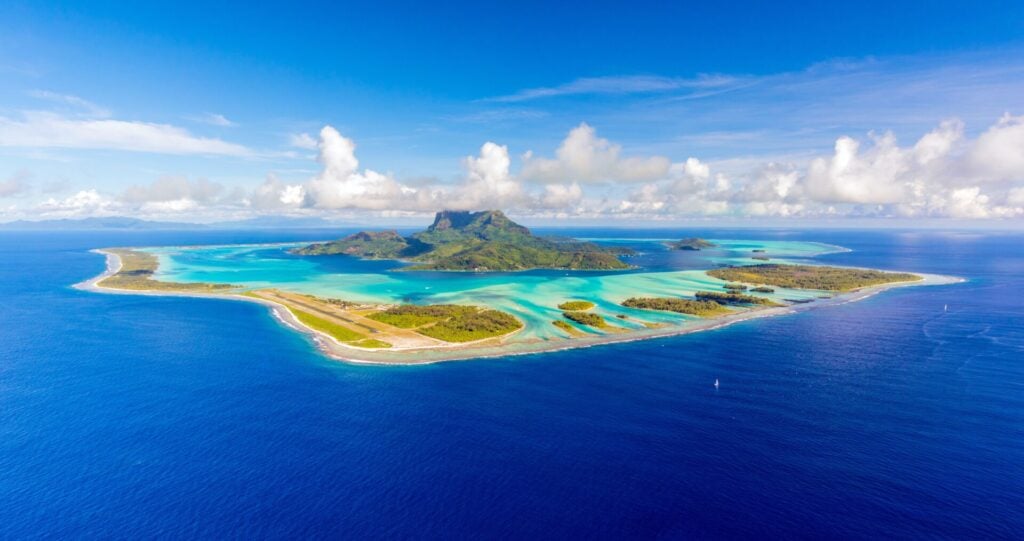
A collection of over 100 islands in the South Pacific, French Polynesia faces significant threats as tides rise. Even slight increases in sea levels could flood large areas with devastating outcomes. Stronger storms, coastal erosion, and saltwater intrusion are all adding to the mix, challenging the region to explore innovative new ways to adapt.
In 2017, French Polynesia partnered with the Seasteading Institute to explore the possibility of building autonomous floating sustainable cities as land becomes uninhabitable. But political will for the project waned and it was postponed indefinitely. Other adaptation efforts are underway including seawalls and coastal defenses, salt-resistant crops and freshwater management.
Back in Kiribati, NASA’s Sea Level Change Team has predicted the islands will experience an additional 6 to 11 inches of sea level rise by 2050. Whether that level continues to climb exponentially depends on the speed we curb greenhouse gas emissions and the future intensity of global warming.
‘Around one metre of future sea level rise is already locked in,’ UN Secretary-General Guterres concluded at the Pacific Islands Forum. ‘But its future scale, pace, and impact are not.’

